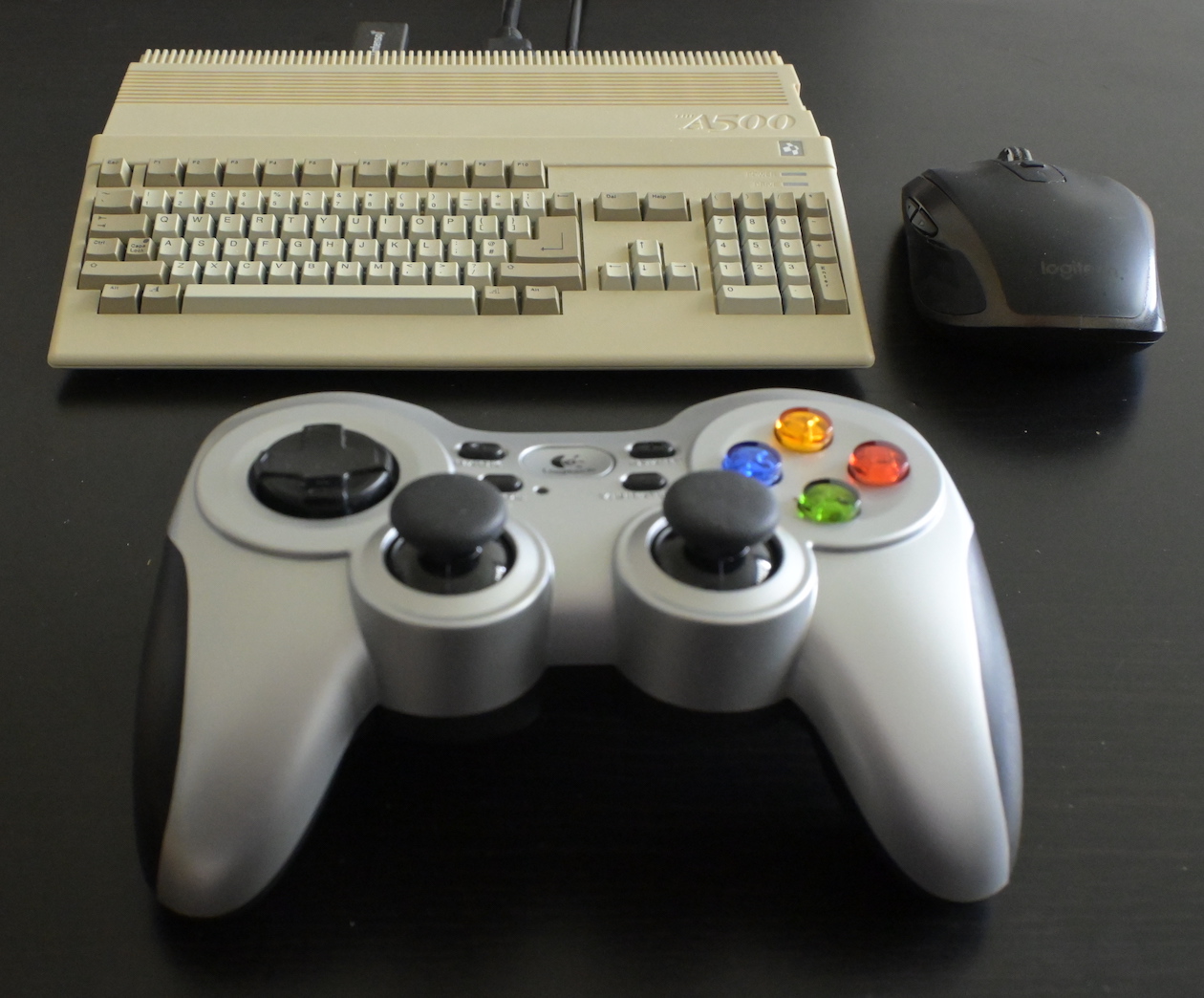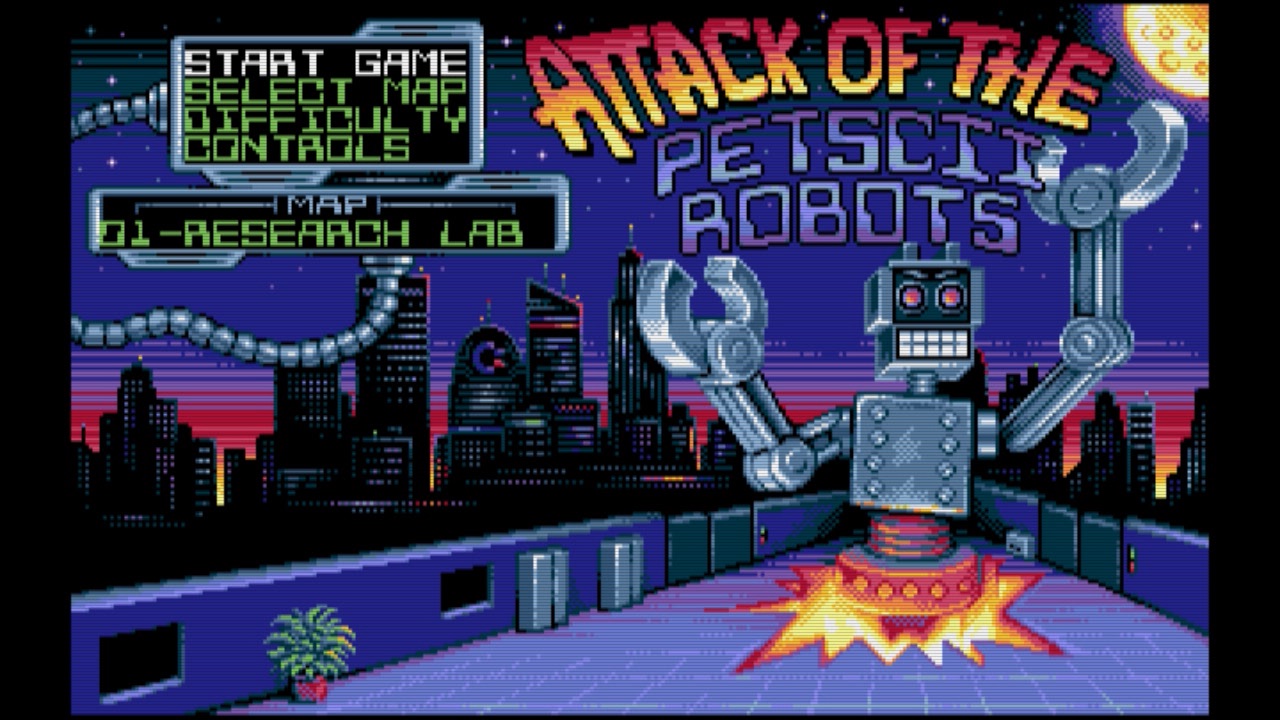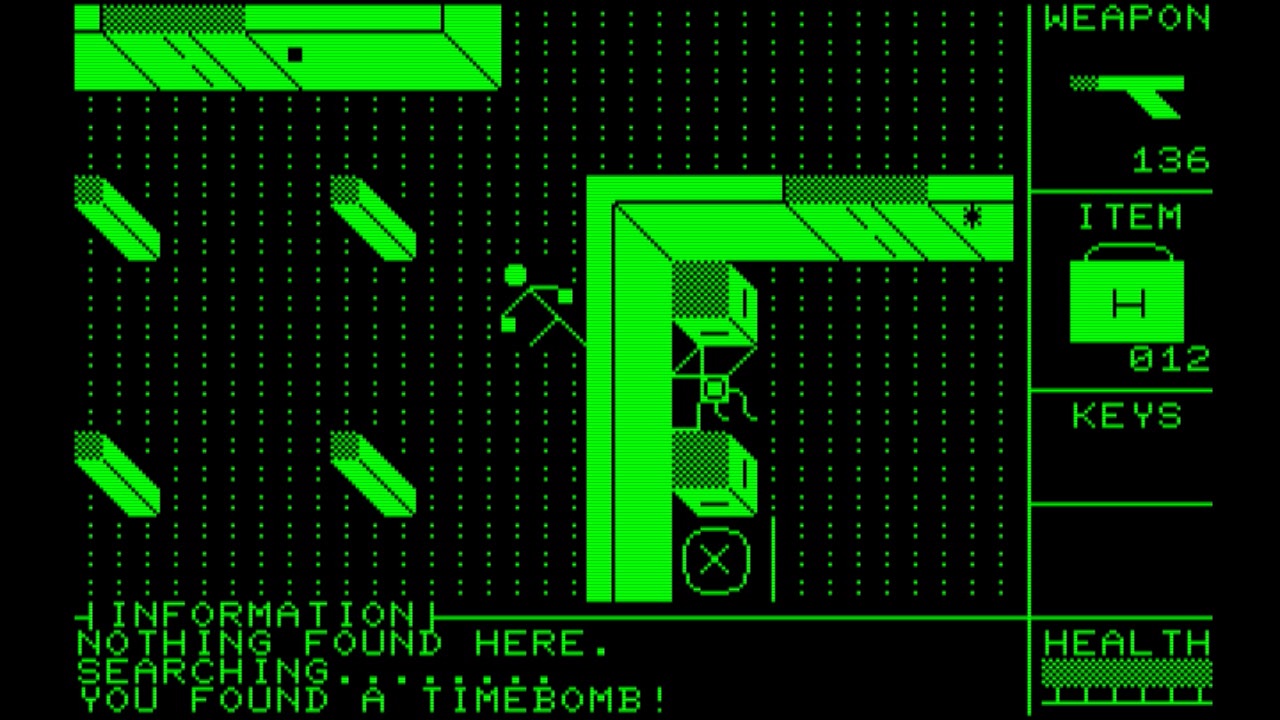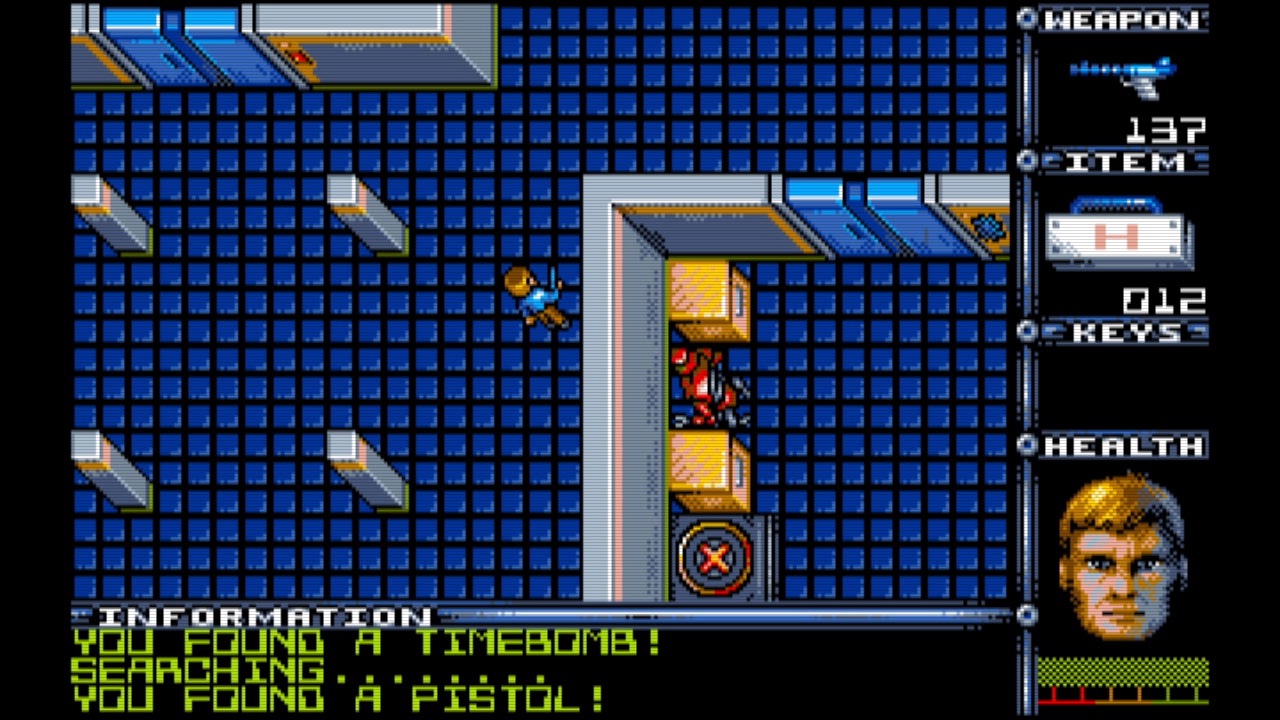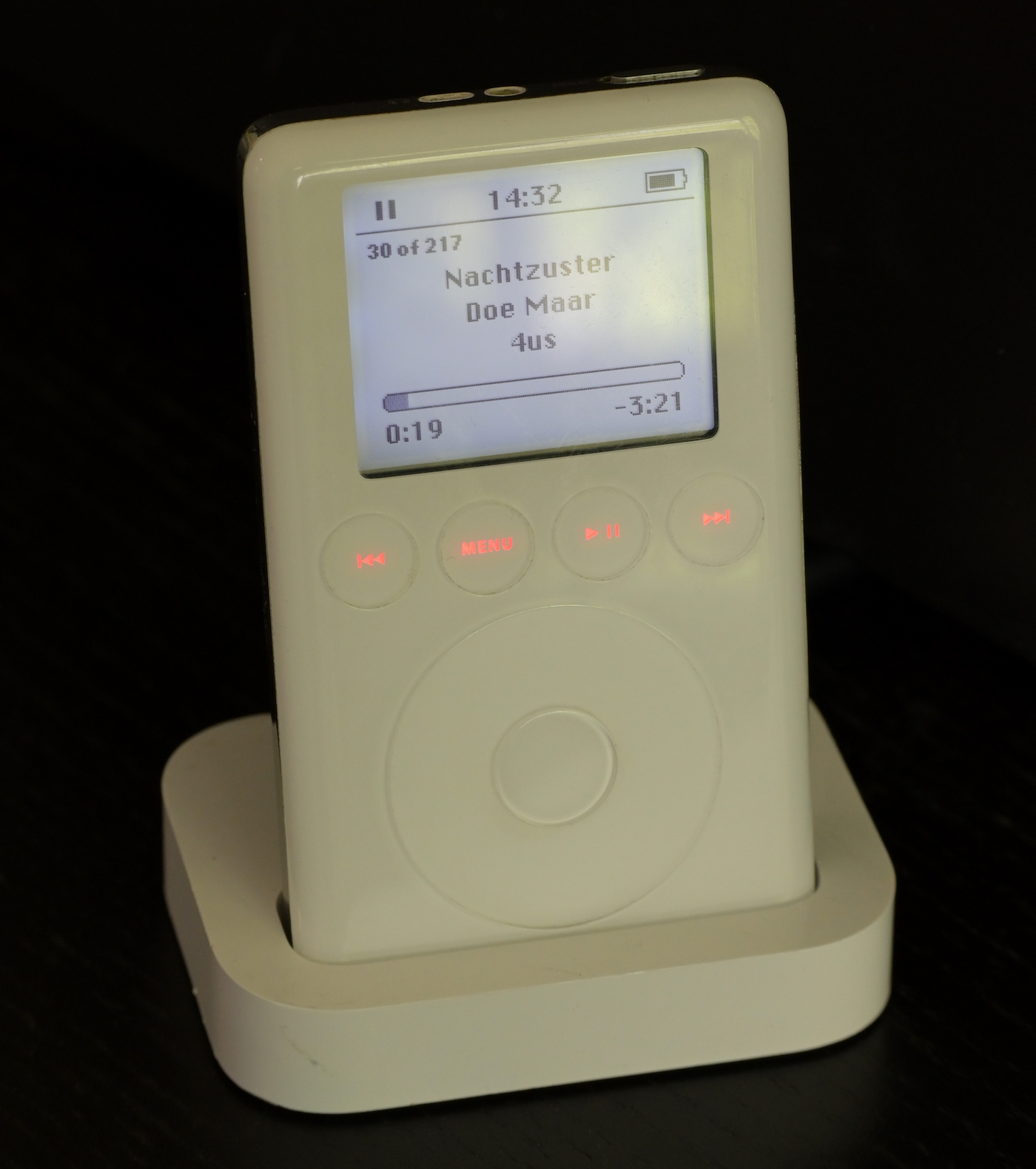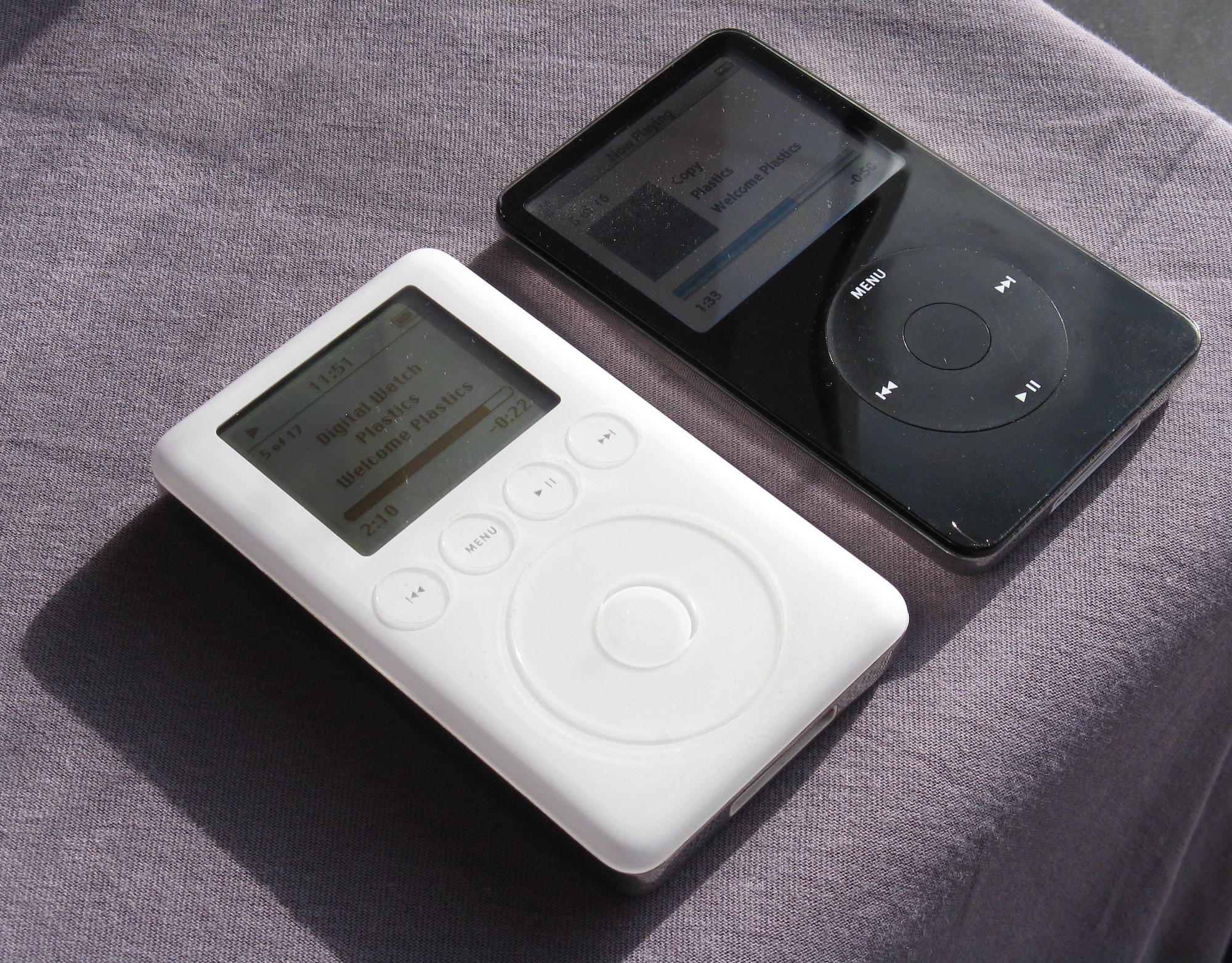Shooting film
▼ In this digital age, we still may want to shoot photos on film. But what type of film?
Or why film in the first place?
I think that last question will have a different answer for everyone. For me, it's the joy of seeing decades old machines do what they were built to do so cleanly. I can just pull the film advance lever and push the shutter on my Nikon FE time and time again, it never gets old. It's even better when there's film in the camera. Although of course then this starts to cost real money.
Seeing my F65 do its thing is also pretty nice.
But: what kind of film to use?
Wikipedia has a list of photographic films that are available today. Shockingly, only Kodak and Fuji still produce color film. That's mostly color negative film, with a very small number of color reversal (slide) film types still available. But those have gotten quite expensive, and they require the special E-6 development process.
That's really too bad, as back in the 1980s and 1990s, I shot color slide film because it was cheap: just the cost of the film and development, with no prints. I'm tempted to say that if you want to scan your negatives yourself, it makes sense to use color slide film, as that way there is no negative reversal or weird orange substrate to deal with. But color slide film has always been a tricky beast and with today's limitations, I wouldn't recommend it to people who don't already know for sure what they need.
Over the years, I've shot a good number of rolls of Kodak Gold 200 and Fuji Superia 400. Nothing wrong with either of these. This is Kodak Gold 200 probably underexposed in New York in 1999:

I've also shot a good amount of Ilford HP5, not as much FP4 and very little Pan F. Those films have all improved in recent decades, but largely do what they used to back in the day. This is HP5, probably in the 1980s when it still included "safety" in the name:
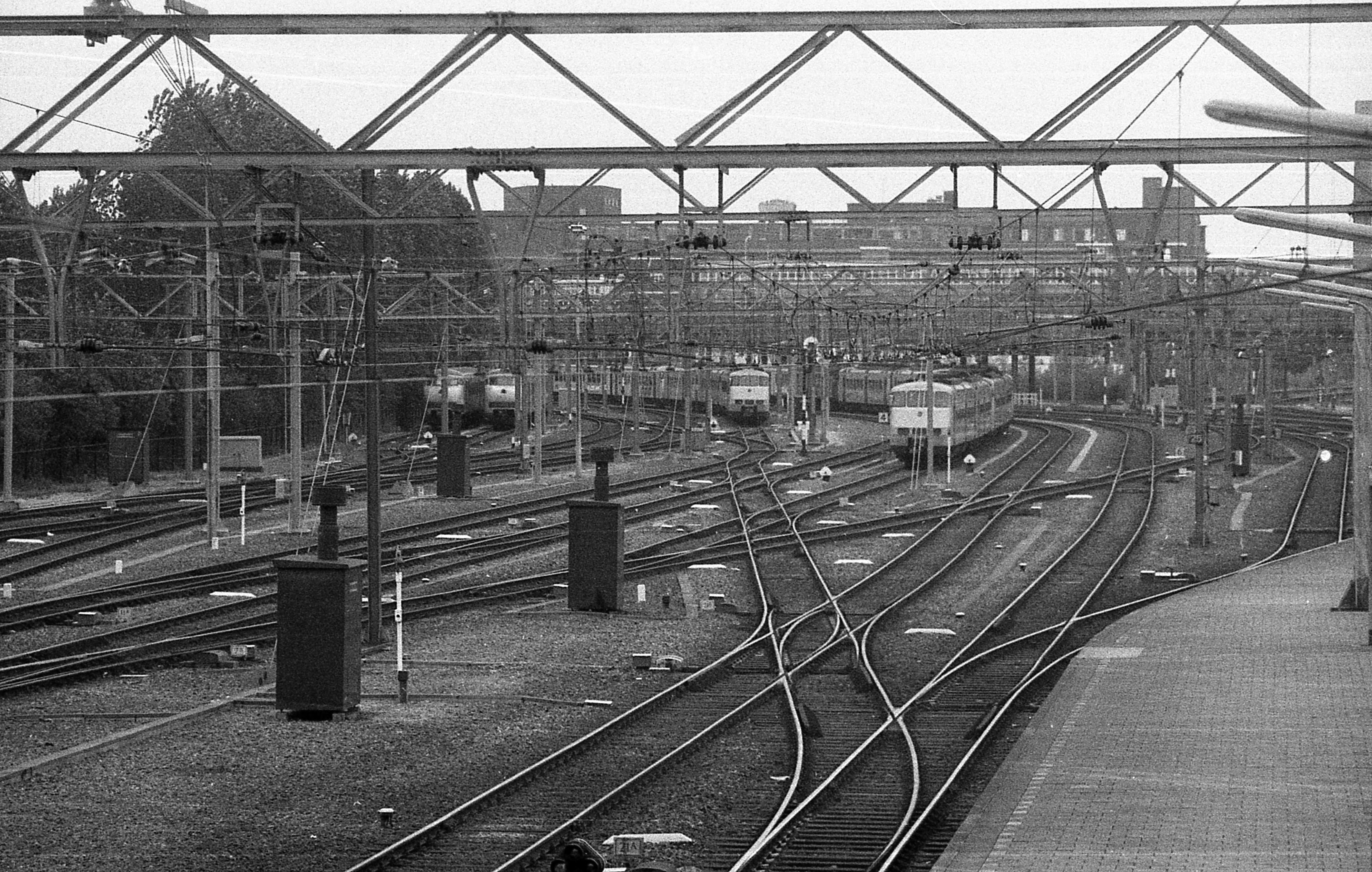
(With "safety" as in an acetate or polyester film base rather than nitrate film, which is the same material as gun cotton.)
I'd say if you're going to develop your own black-and-white film, any of these could be a solid choice. But if you need a laboratory, why not use Ilford XP2 Super? That's an ISO 400 black-and-white film that's processed using the C-41 process that's used for color negative film. So any lab that still processes film will be able to handle XP2 without trouble. Also, unlike "real" black-and-white film, it's possible to use digital ICE to get rid of dust when scanning the negatives. Example:
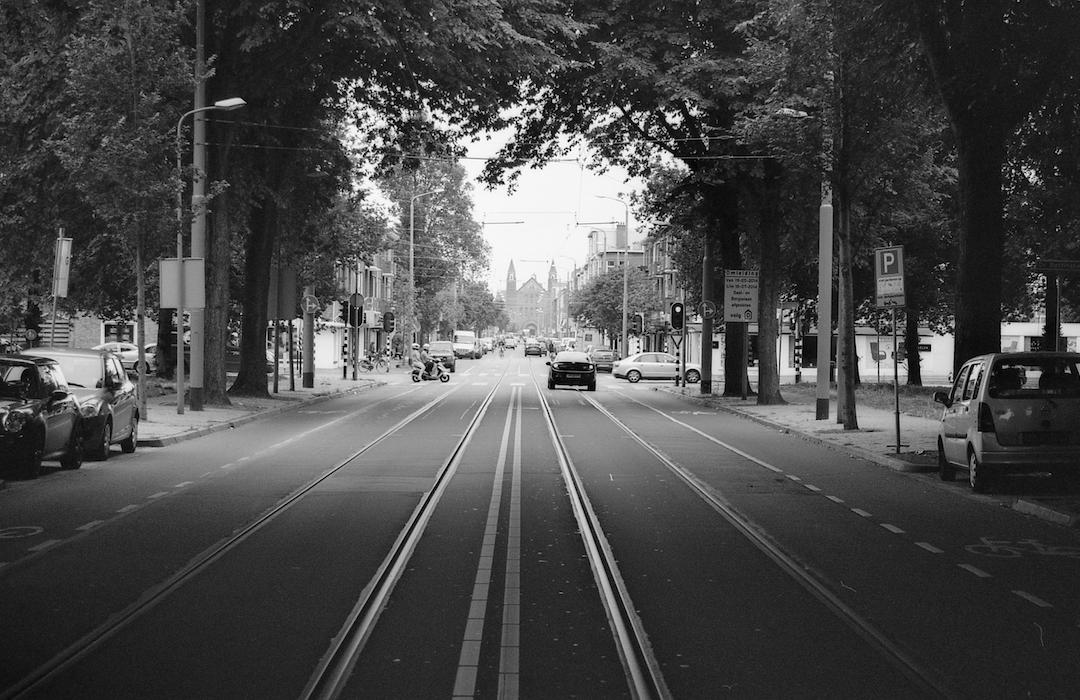
I have yet to try out more modern black-and-white film such as Kodak T-Max and Ilford Delta. Those use different crystal layouts so at the same ISO, they should have less grain (and in the case of Delta, more contrast and less exposure leeway). That sounds very interesting. It also seems that I've never used Kodak Tri-X, so I should try that out at some point.
At this time, the main bottleneck to shooting film is scanning the film after development. I had a scanner that would scan negatives some years ago, but I loaned it out and I'm not sure if I'm going to get it back. The easiest way to handle this is to just order scans along with developing the the film, but the quality and resolution of the scans made by different labs varies insanely widely. This is "professional" (i.e., not cheap) Kodak Ektar 100, digitized at a paltry 1.5 megapixels, but still showing nice contrast and colors:
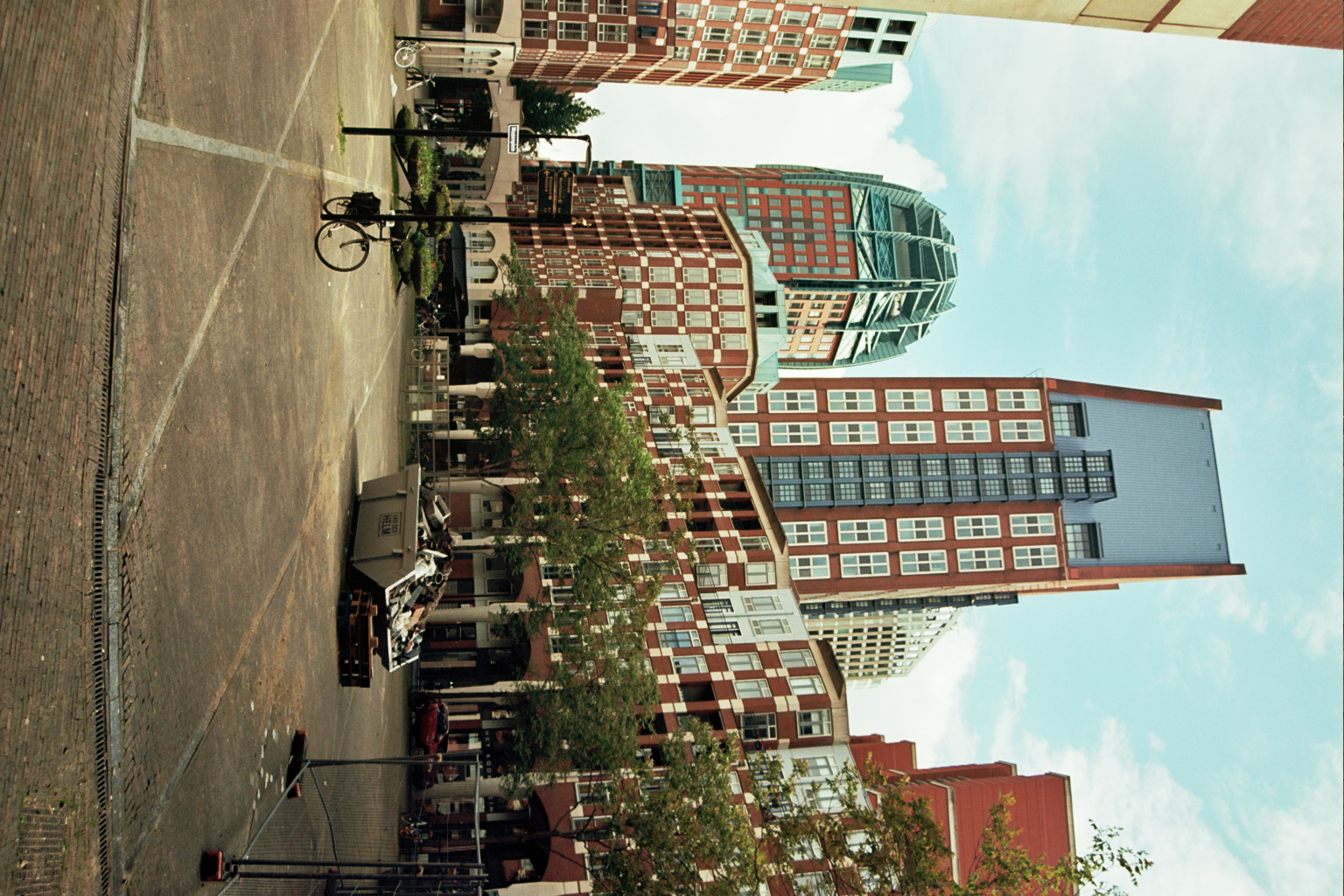
(Ektar 100 is probably the negative film that's closest to a slide film.)
Film has become relatively expensive in recent years, with most of it landing close to € 15 per 36 exposure roll. So just shooting a roll of film over the weekend isn't as attractive as it used to be. But it's also not so expensive as to give up on shooting film entirely. I do see myself taking a few months to finish a roll.
Permalink - posted 2022-06-19

